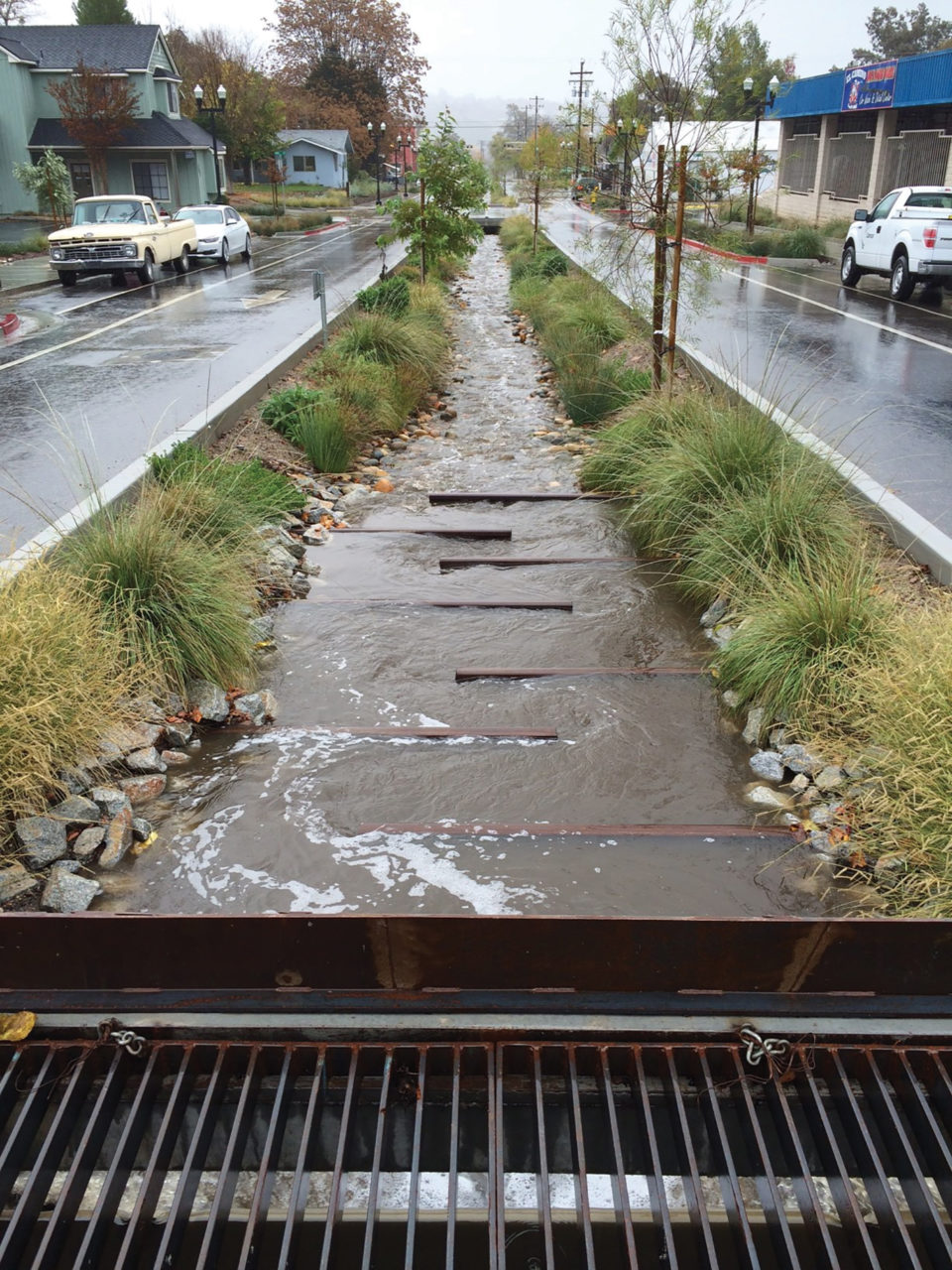Stormwater Infrastructure Costs

Project Overview
Researchers at Colorado State University have developed an online tool that assesses stormwater control measures for a selected municipal area, giving decision-makers a holistic analysis of cost, performance, and benefits in minutes. Freely accessible and user-friendly the Community-enabled Lifecycle Analysis of Stormwater Infrastructure Costs (CLASIC) tool allows users to explore different scenarios for managing stormwater and estimates the cost over a project’s lifetime. Stormwater professionals, community planners and local decision-makers can weigh the outcomes based on their community’s priorities.
Green stormwater infrastructure practices offer many benefits, but because they require an initial higher investment, cities can have a hard time justifying the cost in their budgets. The US Environmental Protection Agency funded development of this tool to give utilities a way to understand the overall costs of sustainable practices compared to their long-term benefits.
More information including access to the CLASIC tool and a detailed user guide is available at: https://erams.com/catena/tools/urban-planning/clasic/
Key Features
The GIS-interfaced CLASIC tool enables users to assess scenarios of storwmater infrastructure via functional unit analysis for robust decision making based on preferences to evaluate regulatory compliance, runoff volume reduction, water quality, social and environmental benefits and life-cycle costs. Users can couple financial decisions with holistic consideration of benefits as well as conduct analysis from the neighborhood to watershed scale.
Focus Areas
- Life Cycle Cost: Structured to provide feasibility level municipal budget estimates over time for a variety of SCM construction and maintenance costs.
- Performance: Performance of scenarios is estimated in terms of hydrology (e.g. peak runoff and volume reduction) and pollutant load reduction.
- Co-Benefits: Analysis is informed via multi-criteria decision analysis (MCDA) output. The MCDA provides quantitative output to compare co-benefits across scenarios of technology selection.
Project Team
- Dr. Sybil Sharvelle, Professor – Colorado State University Dept of Civil and Environmental Engineering.
- Project Role: Principle Investigator
- sybil.sharvelle@colostate.edu
- Tyler Dell, Civil Engineer II – City of Longmont
- Project Role: Technical Lead
- tyler.dell@longmontcolorado.gov
- Dr. Harry Zhang, Program Director – Water Research Foundation
- Project Role: Project Manager
- hzhang@waterrf.org
COLLABORATORS
CLASIC was developed by grantees from the Water Research Foundation, Colorado State University, Witchita State University, University of Maryland – College Park, and the University of Utah under the US Environmental Protection Agency’s National Priorities: Life Cycle Costs of Water Infrastructure Alternatives (2015) Award and National Science Foundation’s Sustainability Research Network (2015) Award.